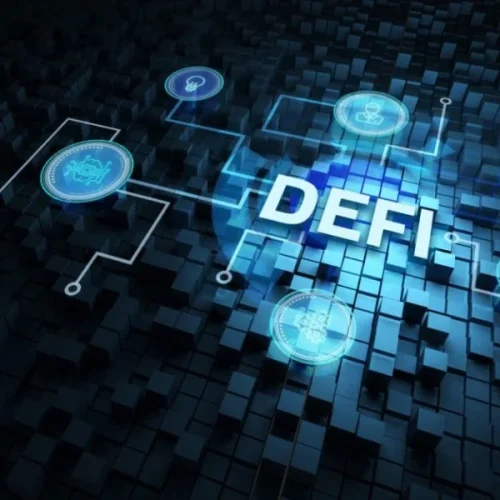Credit is something almost all of us are familiar with. In fact, if it were not for credit, major expenditures like homes and cars would be out of reach. Even businesses rely on credit to keep the doors open. The fact is that individuals and businesses alike rely on both secured and unsecured credit to keep things moving along.
Do you know the difference between the two types of credit? Chances are that you utilize both. At any rate, secured and unsecured credit are explained below. Understanding how they work might give you a better understanding of your own financial position.
Secured Credit
Secured credit is credit that is backed by some sort of asset. If you own a home with a mortgage, that mortgage is a secured loan. What backs it up? Your house. If you should fail to keep up with your scheduled payments, your bank has the legal authority to take possession of the home and sell it. Proceeds from the sale would go toward repaying what you owe. If there is anything left over, the bank would forward it to you.
Other examples of secured credit include:
Auto Loans
An auto loan is secured in the same way your mortgage is secured. The car itself acts as security. It can be repossessed and sold at auction should you fail to make your monthly payments. The same goes if you utilize financing for a motorhome, trailer, boat, etc.
Hard Money
The hard money industry makes loans available to property investors, small and large businesses, developers, and so forth. Hard money is always secured by some sort of collateral. A property investor would offer a property being obtained as collateral for the loan requested to obtain it. A business might offer real property or business assets as collateral.
According to Actium Partners, a Salt Lake City, UT hard money lender, companies like theirs are private lenders. They do things a bit differently as compared to banks.
Unsecured Credit
If secured credit is backed by some sort of hard asset, unsecured credit is just the opposite. It isn’t backed by anything. Creditors offer credit to consumers based solely on a good faith promise to repay. But without anything acting as security, they are taking a significant risk.
Examples of unsecured credit include:
Credit Cards
The most common form of unsecured credit in the U.S. is the credit card. Credit card companies lend thousands to consumers based on little more than credit score and history. Consumers can turn around and use their credit cards to purchase everything from major appliances and electronics to food and clothing.
Because the risk for credit card companies is so high, interest rates on credit cards tend to be several percentage points higher than secured forms of credit. Paying between 10-12%, or more, is not abnormal – even with good credit.
In-Store Financing
Go down to your local furniture store and finance the replacement of your dining room set, and you are obtaining unsecured debt. The same goes for store-issued credit cards and revolving lines of retail credit. The common thread here is that you are purchasing retail goods that are not going to be repossessed and sold in the event you decide not to make your payments.
The biggest difference between secured and unsecured credit is backing. Secured credit is backed by some piece collateral while unsecured credit has no backing at all. Unsecured credit is more expensive because it creates more risk for creditors. Secured credit is less expensive because the risk is being shared by both parties.





